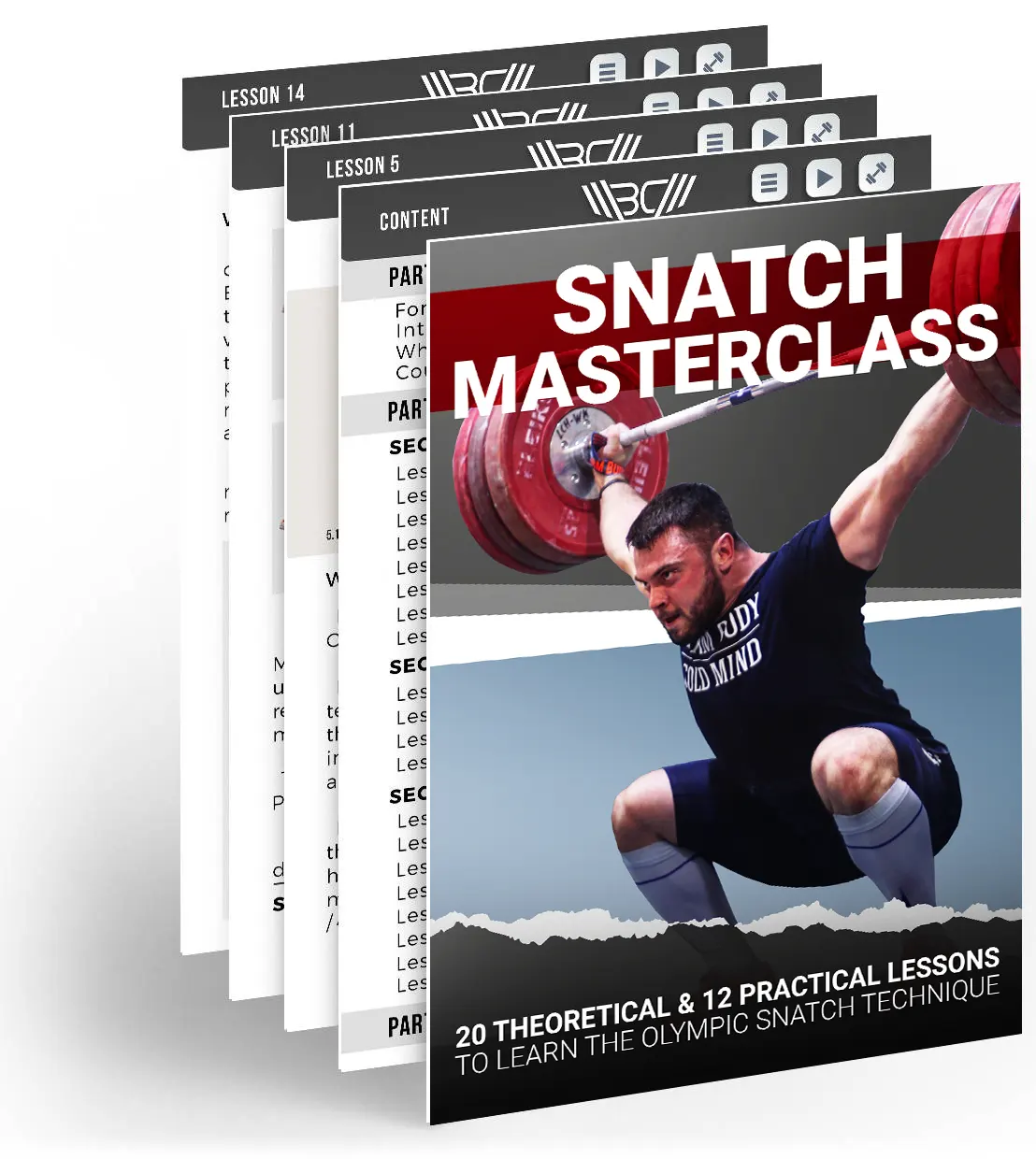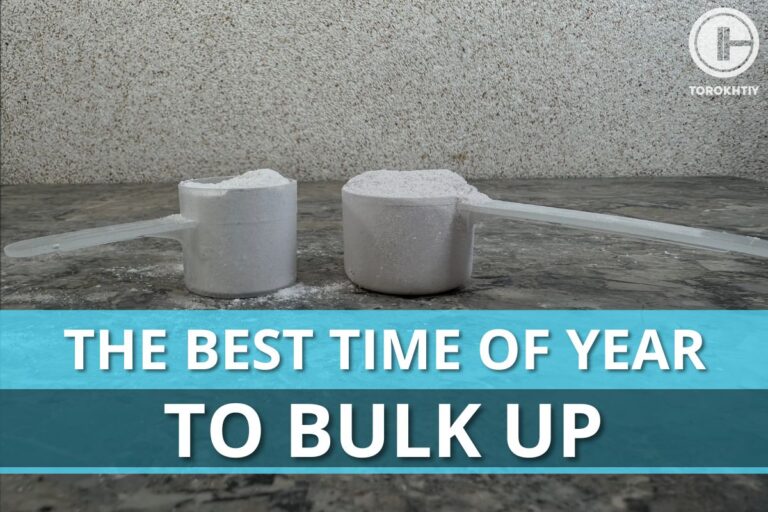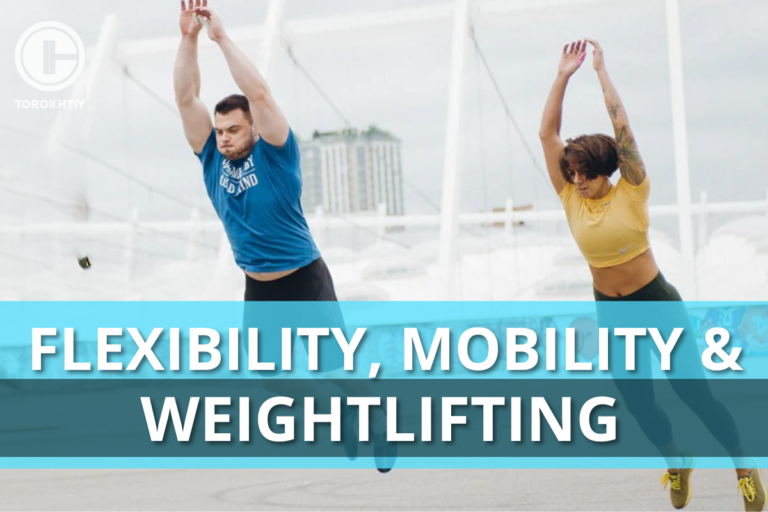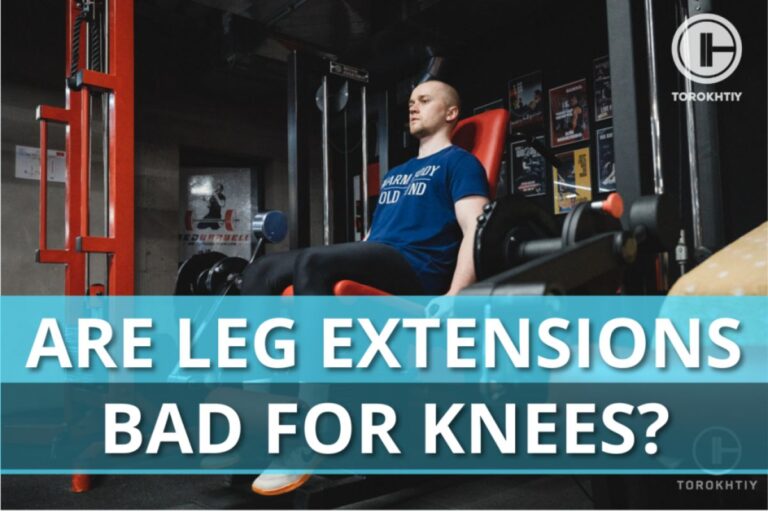Top 5 Tips for Snatch and Power Snatch
A proper, technically flawless, and explosive snatch is a laborious work of art, especially if the athlete works with two or more BIG plates on the barbell. Mobility, flexibility, strength, and speed are the factors that make this lightning-fast movement so unique.
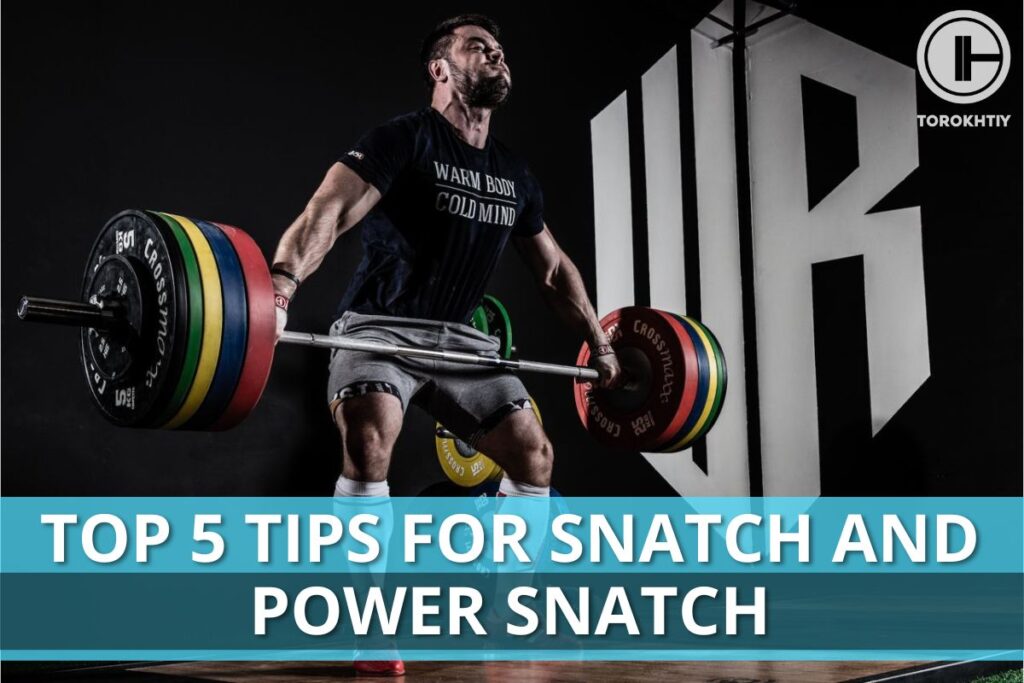
Athletes who had previously trained mainly on a high bar, are only used to doing squats and have never heard of an OHS usually find an explosive pull a difficult move to master. But in this article, we’ll determine whether it is still possible!
1. One Small Error in the Starting Position, One Giant Problem in the Overhead Position
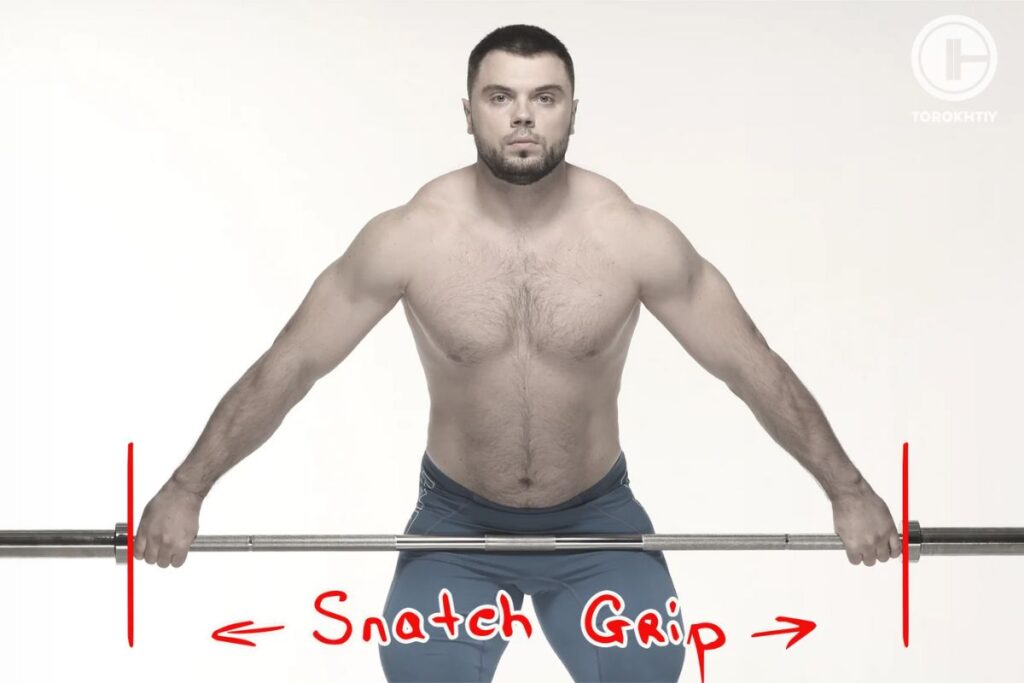
Athletes new to weightlifting often ignore the significance of the starting position. They like to think that their goal is to secure the barbell overhead as quickly as possible. So let me share this secret with you: the starting position is what the snatch mechanics depend on entirely.
You must have your starting position checklist and go through all the points before starting the move: balanced feet, open chest, arched lower back, arms relaxed, shoulders positioned over the barbell.
This last element is key for the snatch as it is quite long. By ensuring that their shoulders are positioned over the barbell during the pull, the weightlifter will be able to develop maximum hip power during the explosive and final acceleration phases.
2. Top to Bottom
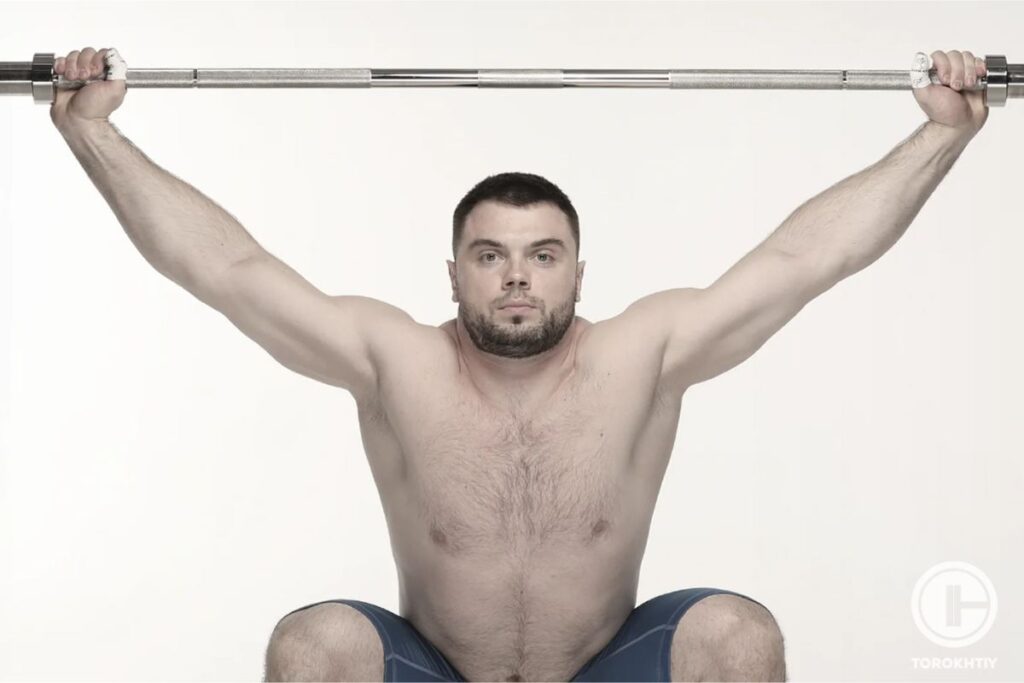
This often confuses the athletes in my seminars, but the most effective way to learn the snatch is to start with the problematic elements following the “top to bottom” principle. As you may have guessed, the starting position that we’ve already talked about above will be studied almost at the very end.
First, the athlete has to understand what exactly they need to do with the barbell in the overhead position, how it gets up there, what an explosion is, and how to stick all of these elements together into a single flow.
The pull is also first practiced above the knee level, and only then below the knee. I’d say it is not such a good idea for beginners to perform the snatch off the platform all the time. It is way better to add some variation with power snatches, hang snatches from a range of comfortable and uncomfortable positions.
3. Work on Your Weaknesses
Even the most technical, strongest Olympic-level weightlifters have their Achilles’ heel, and that’s ok. But this is something that requires constant work and improvement. Just think of it that way: your pull and explosion may be fantastically powerful, but if you are as slow as a snail while diving under the barbell, you can’t start boasting your badass snatch and kilograms yet.
An athlete’s weak point may be their constant “companion” or appear out of nowhere one day, but the thing to remember is: hard work during every training session will help you deal with it and improve your snatch!
4. Your Strength Training Background Matters
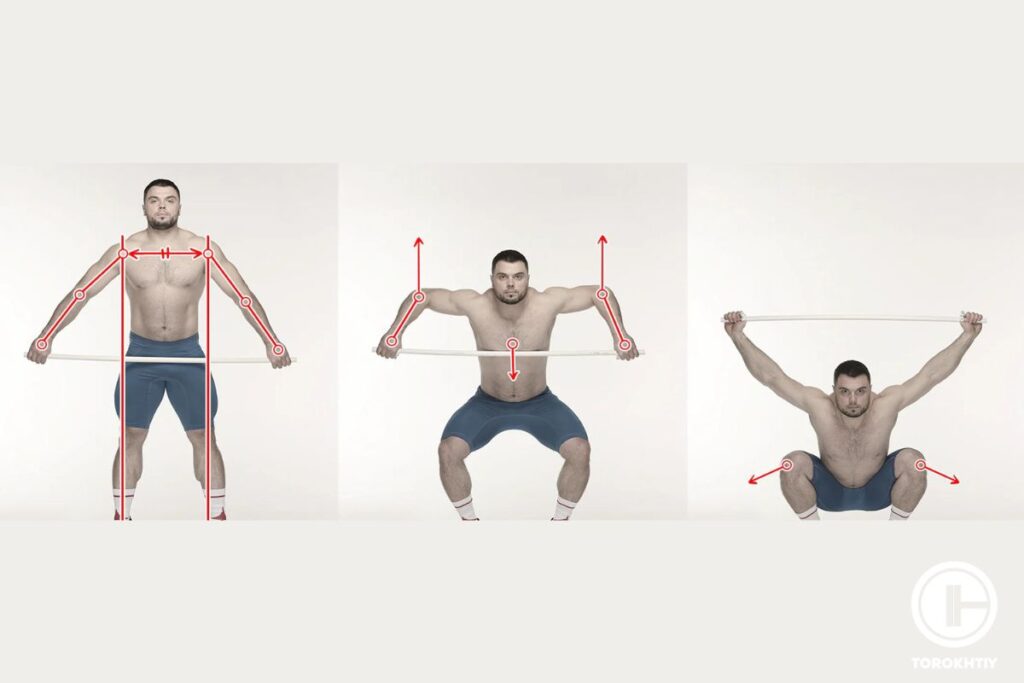
Weightlifting is a sport where strength is of paramount importance. But one must develop it proportionally and systematically. There is a correlation between the snatch and squats, it is quite relative and fluctuates in the range of 60-68%. The legs of a true weightlifter should not only be strong, but also explosive.
Just think how strong you need to be to not just lift the heavy barbell off the ground, but also make it accelerate and fly up over your head. If your goal is to build strong legs and improve your lifting results, I recommend alternating front and back squats and practicing them 2-3 times a week.
5. The Choreography
That’s what our coach called technical training with an ordinary PVC. Sure, without technical, strength, or mental preparation, you won’t develop a strong snatch. But a deliberate and slow work on control and quality of movement with stops in key positions is what will help you learn how the snatch feels.
Many beginners avoid technical training because they don’t understand the goal and don’t feel the effect. Working with a light staff will not get you ready to break a world record, but remember this: it is still important for your progress. I recommend practicing the “snatch choreography” and its various elements with a PVC at least 1-2 times a week, 5-8 sets with 3-6 reps.
🔻THE OLYMPIC SNATCH MASTERCLASS
🏋️ Elevate Your Snatch Game with the Snatch Masterclass! 🚀
Master the Olympic Snatch in easy steps:
- 🧠 20 In-Depth Lessons
- 💪12 Hands-On Practice Sessions
- 📽️ 55 Video Tutorials
- 🔥28 Exclusive Snatch Tips
Unleash Your Potential:
- 🔓 Lifetime Access
- 🏆 Bonus: 3-week Snatch Program
Don’t just lift; dominate the Snatch! Join now! 🥇🔥
My tips for the snatch are not the only snatch tips in existence. I’m sure that other coaches and experienced athletes will gladly share their useful knowledge and experience. This is completely normal because everyone’s approach and vision are different. Good luck to each of you in developing a powerful and explosive snatch!
Why Trust Us?
With over 20 years in Olympic Weightlifting, our team does its best to provide the audience with ultimate support and meet the needs and requirements of advanced athletes and professional lifters, as well as people who strive to open new opportunities and develop their physical capabilities with us.
By trusting the recommendations of our certified experts in coaching, nutrition, dietology, and sports training programming, as well as scientific consultants, and physiotherapists, we provide you with thorough, well-considered, and scientifically proven content. All the information given in the articles concerning workout programming, separate exercises, and athletic performance, in general, is based on verified data. We ensure that you can rely on our professionals’ pieces of advice and recommendations that can be treated as personalized ones which will benefit you and fully meet your needs.
The product testing process is described in more detail here
Author: Oleksiy Torokhtiy
Olympic Weightlifting Champion
Best Results: Snatch – 200 kg,
C&J – 240 kg
Oleksiy Torokhtiy is a professional athlete boasting 20 years of experience in Olympic weightlifting. With multiple European and World titles under his belt, he has showcased his prowess in two Olympic Games (Beijing 2008 and London 2012). Upon concluding his illustrious career, Oleksiy dedicated himself to coaching. By 2022, he had conducted over 200 weightlifting seminars worldwide. He is the visionary behind an international sportswear and accessories brand known for its motto, “Warm Body Cold Mind.” Additionally, he is an esteemed author and the creator of a series of training programs and eBooks.

